Have you ever wondered if you can grow saffron in Florida? Or if you can grow saffron in the South US at all? Me too. Several internet searches left me with no definitive answer. Some suggested saffron could only be grown through zone 8 in the south and through zone 9 in the west, where the climate is less humid. Some sites said saffron could be grown through zone 10. When asked if Saffron would grow in central Florida, representatives at online garden centers told me “maybe.”
Perhaps your own internet search brought you here. While I cannot guarantee that saffron will grow for you, I have had successful saffron harvests three years in a row in humid central Florida (zone 9b). Thus, if you live in the south and want to give saffron a try, I believe you have a good chance at success.
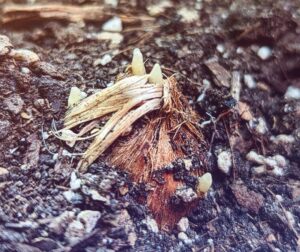
Why Grow Saffron
Saffron has a delicious floral/earthy taste and is used in many rice dishes, such as paella or risotto. It is one of the most expensive spices by weight. Spending $20 on saffron corms that will (hopefully) grow for you year after year rather than on one small jar of the dried spice may be a good use of money.
Saffron may also be a potent medicinal. For example, saffron may improve mood in those with depression. Initial studies also suggest that saffron may help protect memory/cognitive function.
Even if you don’t want to use saffron as a flavoring or a medicinal, saffron still brings beauty to the garden. Saffron’s purple flowers bring a pop of color in the fall, when many other plants are dying back. Additionally, saffron is shade-tolerant and requires little care.
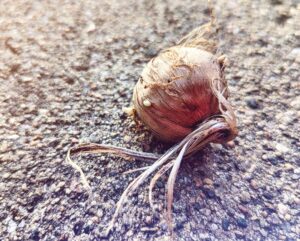
Sourcing Saffron
The saffron crocus (crocus sativus) is not commonly sold in big box stores or local nurseries where I live. You will likely need to source it online. Last year I purchased my saffron corms (bulbs) through High Country Gardens. This year I purchased corms through Baker Creek Heirloom Seeds. I was pleased with both sources, as all the corms I received from each were viable and sprouted. As saffron crocus is a fall flower, it is typically only available for sale in August/September. Saffron corms will multiply if properly tended, so you may only have to purchase them once.
How to Grow Saffron in Florida/the South
I recommend Southern gardeners plant saffron corms in mid-to late-September. Plant in well-draining soil so your corms do not rot. Saffron tolerates partial sun or shade. Water when dry. Soon grass-like green shoots will form. Check periodically for damage, as saffron seems to be a favorite of grubs, slugs, and worms. If happy, your plants should produce flowers within a couple weeks of sprouting.
Note: Two years ago (2021), I caught a large mouse digging up one of my potted saffron corms. It turns out that he had eaten ALL of them. Thus, if planting in pots, I recommend using tall planters or placing them on a shelf where rodents cannot reach.
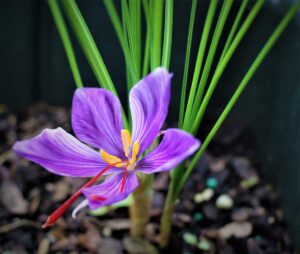
Growing Saffron in Pots Indoors
I planted my second round of saffron corms in pots indoors two years ago. As noted above, this was due to a rodent friend eating my earlier outdoor planting. Although the foliage grew vigorously (see pictures below), no flowers appeared. This was somewhat of a surprise, as saffron flowers best between 70 and 80 degrees Fahrenheit, the typical temperature range of my Florida house. Obviously one failed indoor attempt does not mean that saffron won’t flower indoors, but at this time I do not recommend it… unless you find the aesthetic of grass-like plants pleasing.
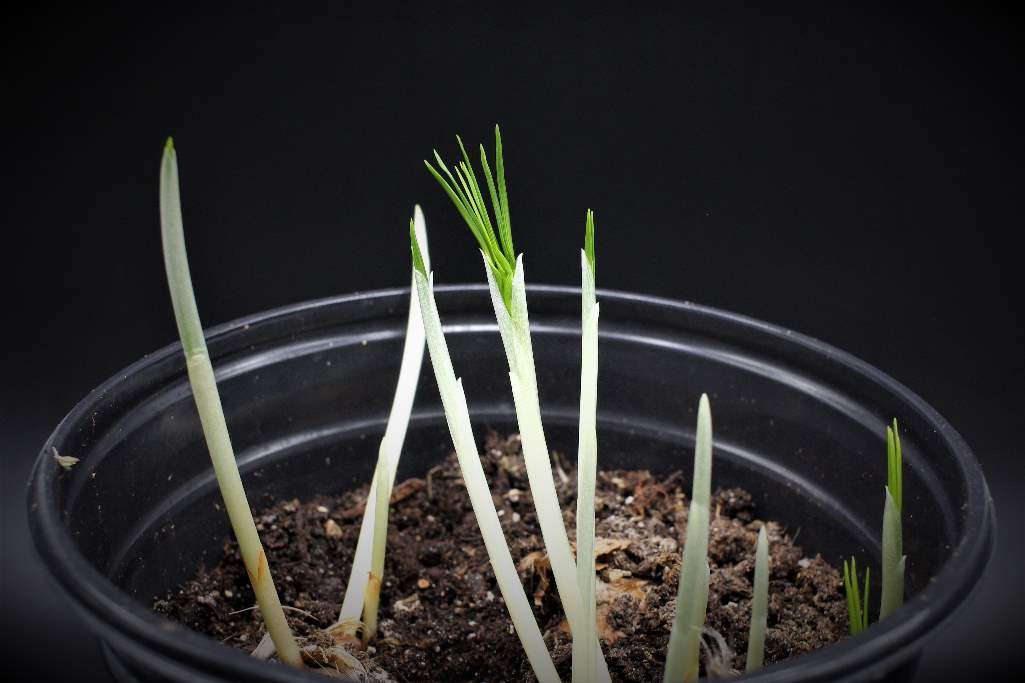
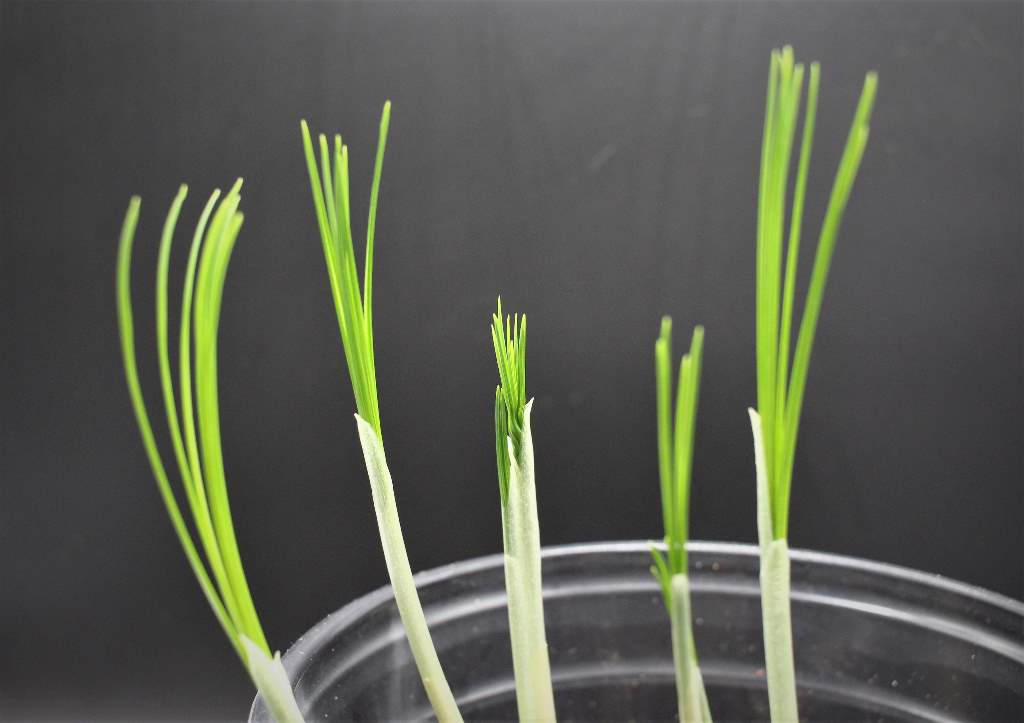
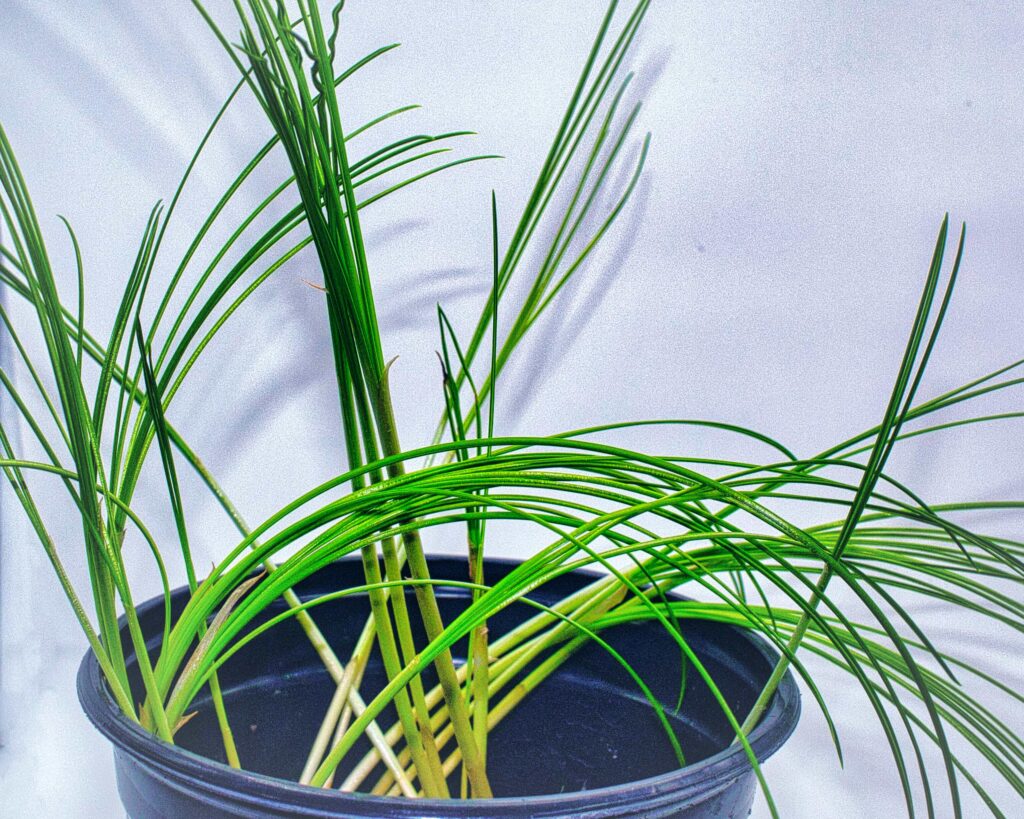
Harvesting
Once flowers appear, harvest immediately. The orange or red stigmas are the spice saffron. To pick, either cut at the base with small scissors or remove with a tweezers. Saffron can be used fresh for cooking. Saffron can also be dried for culinary or medicinal purposes. To dry, simply set on a paper towel for a few days. The red stigmas will shrink and become breakable. Store in an air-tight container for future use.
Saving Corms for Next Season
In cool climates, you may leave corms in the ground for next season. In the South, I advise digging them up after the plant has died back each fall/winter. This way the corms will not rot in the rainy summer climate.
Each corm you plant should turn into several corms. If you forget to keep watering the saffron after it flowers, these new corms will be tiny. Do not worry- in my experience, even tiny corms will sprout. Remember, however, that saffron does not like to sit in wet soil or the corms will rot. Only water if/when the soil becomes dry.
To save, store corms in a paper bag in a relatively cool, dark location. So long as they stay dry, temperatures up to 80 degrees do not seem to harm the corms or negatively impact their viability the following fall. If you remember where you put them, replant the next September!
Buy our stuff!
If you’d like to purchase our fresh produce, you can find us at the Orange City, IA farmer’s market this summer (2023). We plan to have fresh vegetables, fruits, mushrooms, and herbs available this season. We’ll also be selling extra produce at our road market stand in Alton. Feel free to reach out if you’re looking for anything in particular! We can be reached at [email protected].
Have you successfully grown saffron in the South? Have you gotten saffron to flower indoors? If so, feel free to leave any tips (or sources for corms) below. Wanting to grow saffron in the North instead? Click here!
For tips on growing another great spice/medicinal, turmeric, click here!

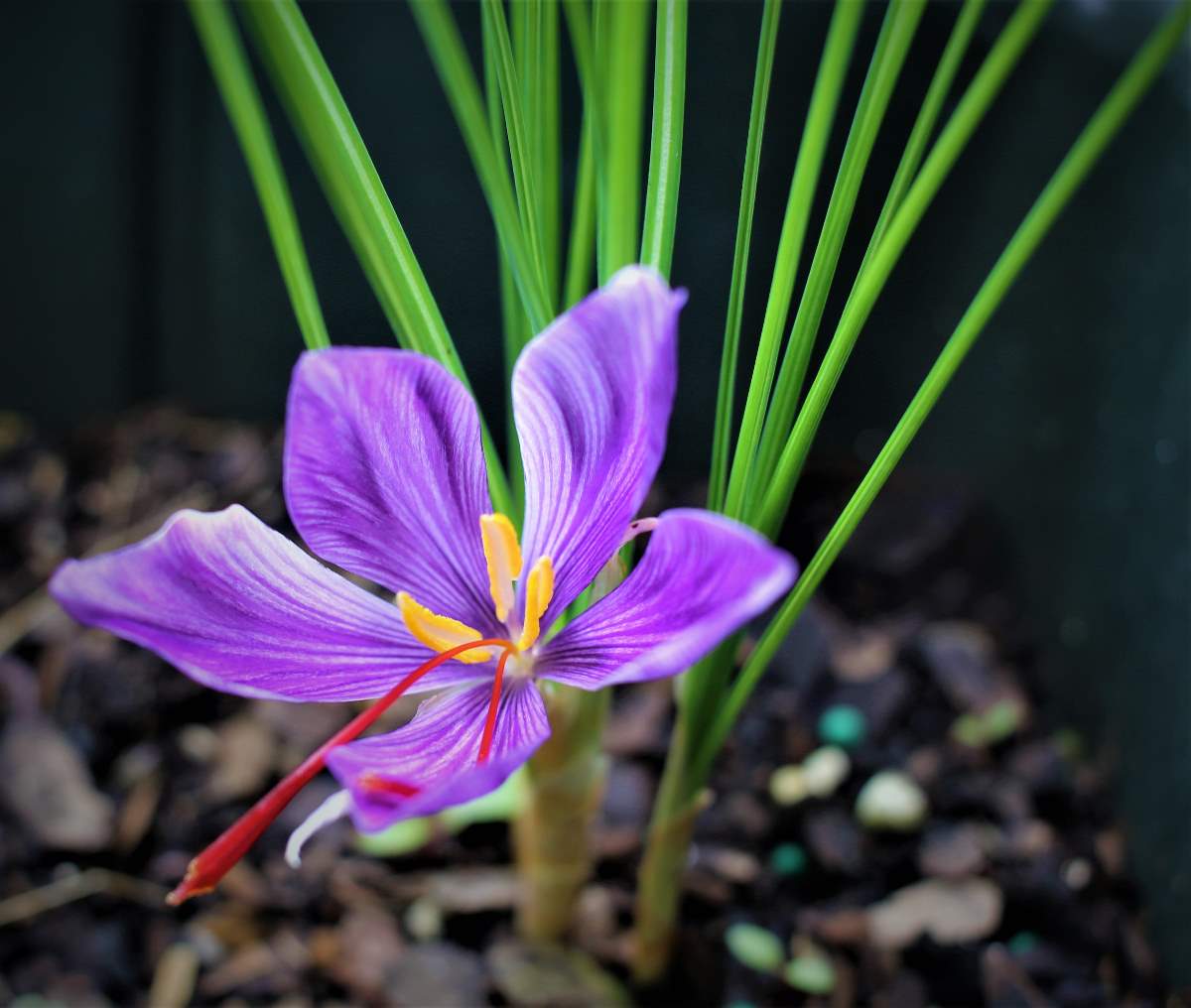

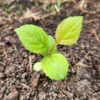

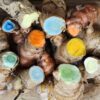
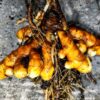
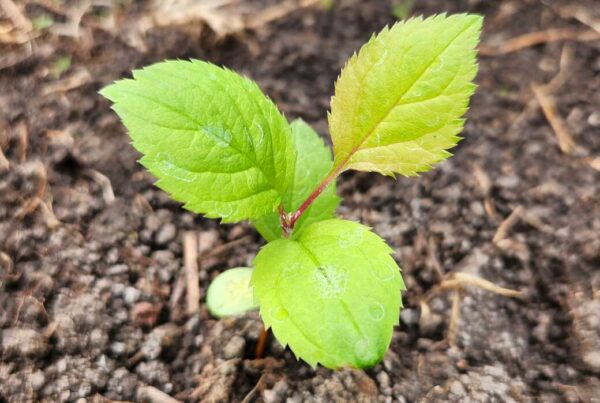
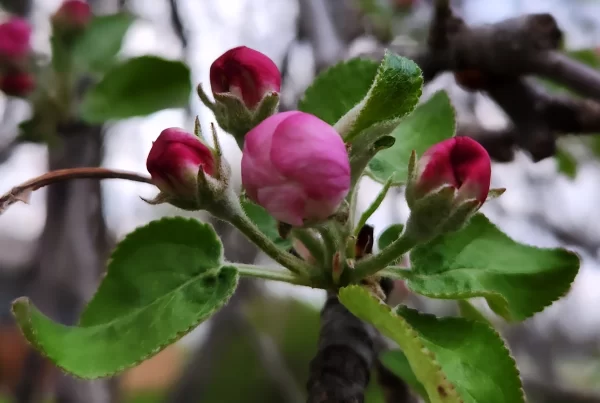
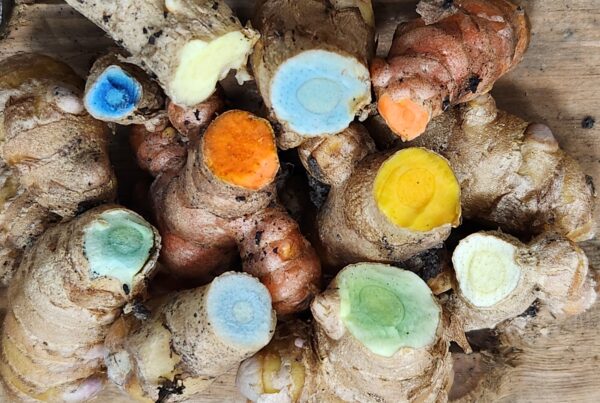
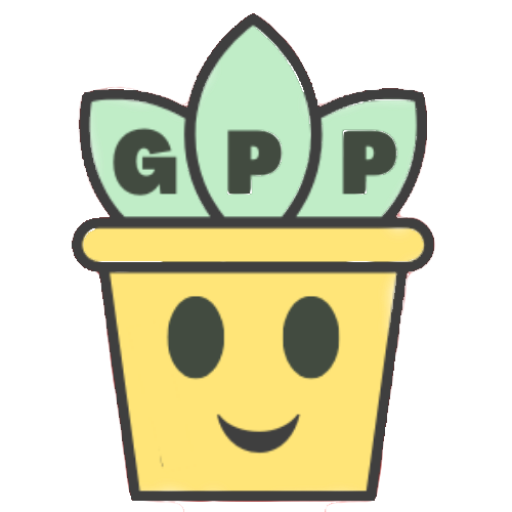
Thanks for this informative info!
I’m gonna give this a try!
Hope it goes well. Feel free to update us on your results!
Thanks for sharing. I’m in middle Georgia and I’ll be trying to grow saffron this fall. It sounds like the corms will spend a long time in storage between the growing periods.
I think saffron will do great for you in Georgia, but yes, the growing season is short. Don’t forget where you store them over the summer!